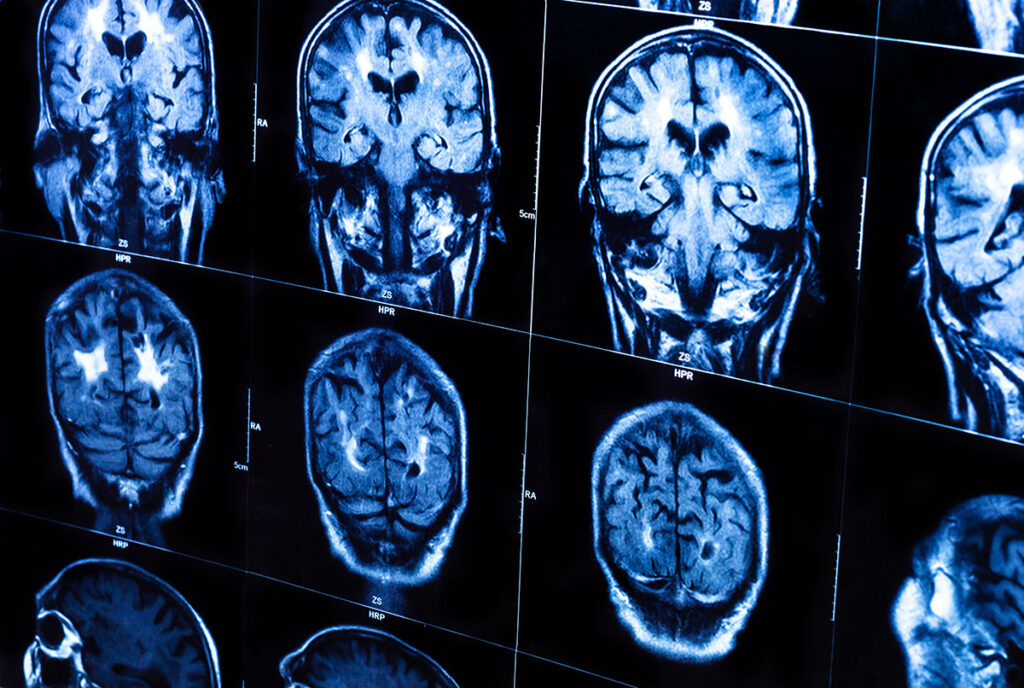The U.S. Advanced Research Projects Agency for Health (ARPA-H) has launched a groundbreaking initiative—Functional Repair of Neocortical Tissue (FRONT)—to tackle one of neuroscience’s most formidable challenges: restoring lost brain function due to stroke, trauma, or neurodegenerative diseases. For communities on the front lines of danger—military service members, explosive ordnance disposal technicians, firefighters, and other first responders—this initiative may pave the way to meaningful recovery after traumatic brain injury (TBI) caused by blast exposure.
Announced on July 10, 2025, the FRONT program seeks to develop first-in-class regenerative grafts that mimic early neocortical tissue and, once implanted, can mature and integrate into the adult brain to restore cognitive and motor functions. The program’s ambition is unprecedented: to move beyond symptomatic therapies and achieve true functional recovery in individuals with brain damage long considered permanent.
“No technology exists to repair damaged tissue and fully restore lost function,” said Jean Hebert, Ph.D., FRONT’s Program Manager. “This program will enable millions to regain lost motor control, vision, speech, and independence.”
Military and Homeland Security Applications
Blast-induced TBI is a leading cause of disability among U.S. military personnel and law enforcement officers working in high-threat environments. According to ARPA-H, the FRONT program will prioritize this population, seeking therapeutic interventions that could eventually become standard-of-care for veterans and active-duty service members with cortical damage. Successful development of engraftable neocortical precursor tissue may offer new hope to those who currently face lifelong disability and dependency.
In these high-risk professions, even mild TBI can cause long-term impairment in decision-making, coordination, and perception. FRONT aims to overcome this through bioengineered tissue grafts derived from induced pluripotent stem cells (iPSCs) that replicate the structural and cellular complexity of the human neocortex. By restoring this critical brain region, the program may improve not only individual health outcomes but also operational readiness and long-term workforce retention for national defense and emergency services.
Program Structure and Technical Strategy
FRONT will unfold over five years, with milestones structured across three progressive phases. Research teams will be tasked with:
- TA1: Producing iPSC-derived graft precursor tissues that emulate the structure and function of early-stage neocortex, incorporating essential neural, vascular, and glial components.
- TA2: Optimizing surgical implantation and functional integration in animal models, including measuring recovery of learned tasks and evaluating information encoding by the grafted tissue.
Key performance targets include >85% graft engraftment efficiency, rapid vascularization, and >70% anatomical and physiological connectivity compared to natural tissue. The goal is to achieve IND (Investigational New Drug) readiness for human trials by the end of the program.
A National Imperative for Brain Health
Traumatic brain injuries and strokes together impact more than 20 million Americans, with associated annual costs exceeding $800 billion. Beyond their toll on individual lives, these conditions pose a substantial burden on families, caregivers, and the U.S. healthcare system. With an aging population and rising rates of neurodegenerative disorders, the demand for restorative brain therapies is only growing.
The potential public health benefit of FRONT is vast. From civilian stroke patients to workers injured in industrial accidents, the program’s innovations could someday lead to scalable, accessible brain repair technologies. By advancing therapeutic approaches that offer functional regeneration rather than just rehabilitation, FRONT represents a transformative step in national health security and resilience.
Moreover, ARPA-H and participating research teams are placing strong emphasis on ethical, legal, and social implications (ELSI). The program forbids the use of embryonic or fetal tissue and requires proposals to incorporate responsible patient engagement, public education, and regulatory planning throughout development.
Funding and Participation Opportunities
ARPA-H is currently accepting Solution Summaries until August 18, 2025, and Full Proposals until September 25, 2025. Interested researchers, companies, and organizations can attend the FRONT Proposers’ Day in Arlington, VA (or virtually) on August 8, 2025, to learn more about collaboration opportunities.
The program is open to teams with expertise in neurodevelopment, iPSC biology, neurosurgery, tissue engineering, and related fields. Proposals must commit to all phases of the program and demonstrate capacity to meet stringent technical metrics and FDA readiness.
Sources and Further Reading:
- Review the solicitation: ARPA-H-SOL-25-120 on SAM.gov
- ARPA-H Launches Program to Restore Brain Function and Return Patients to Independence: ARPA-H News
- NIH Guidelines for Human Stem Cell Research


